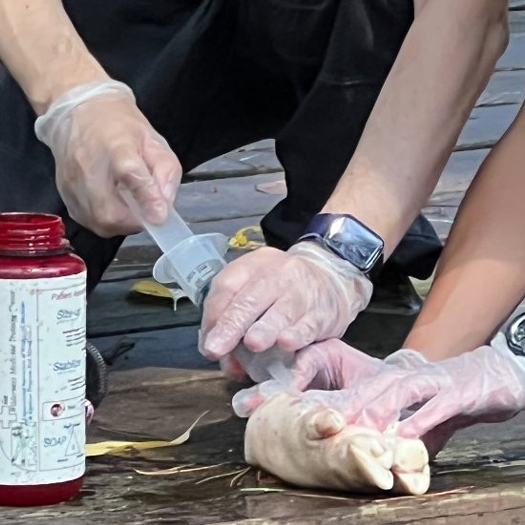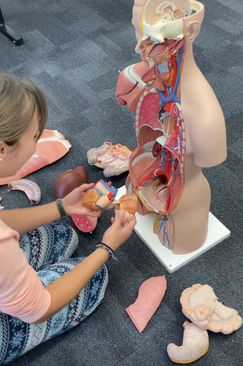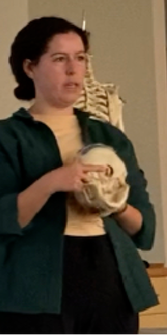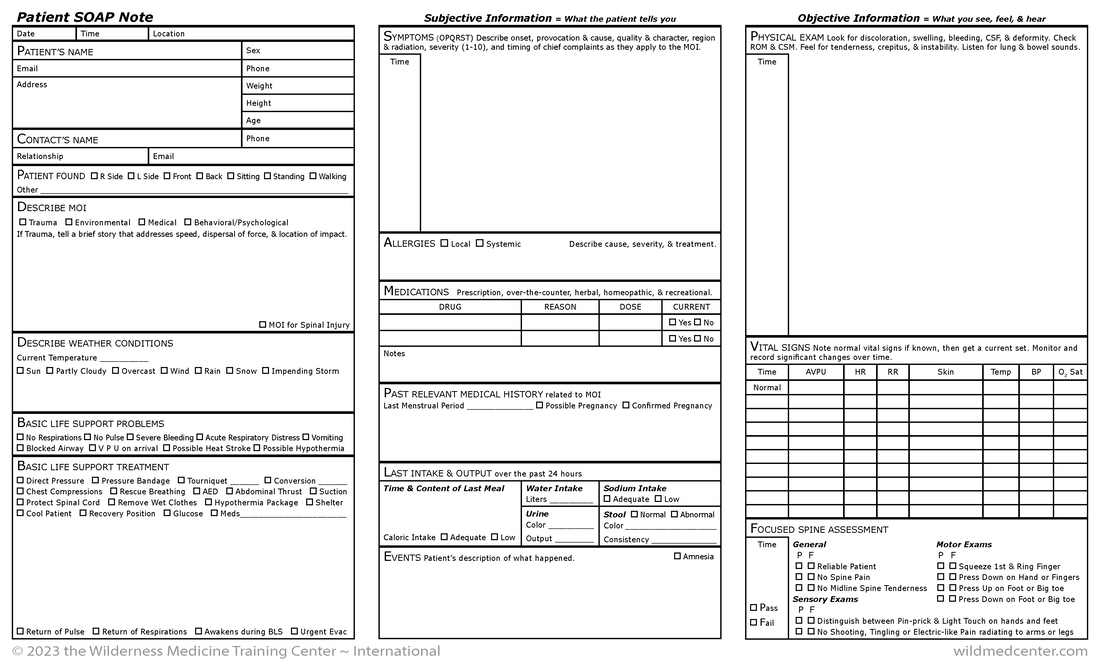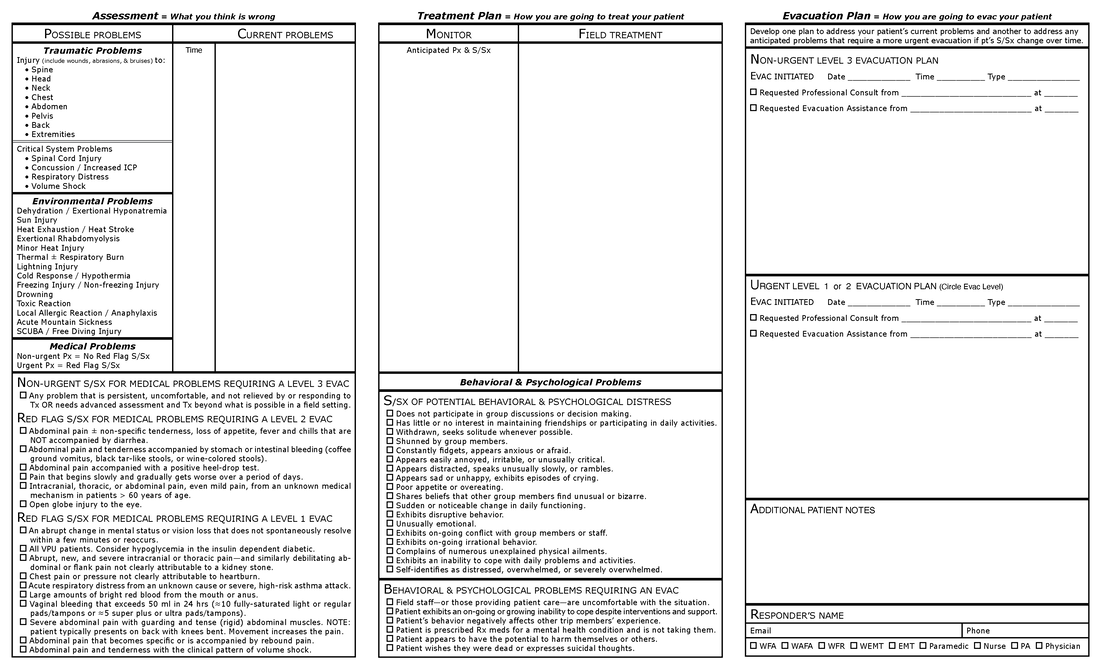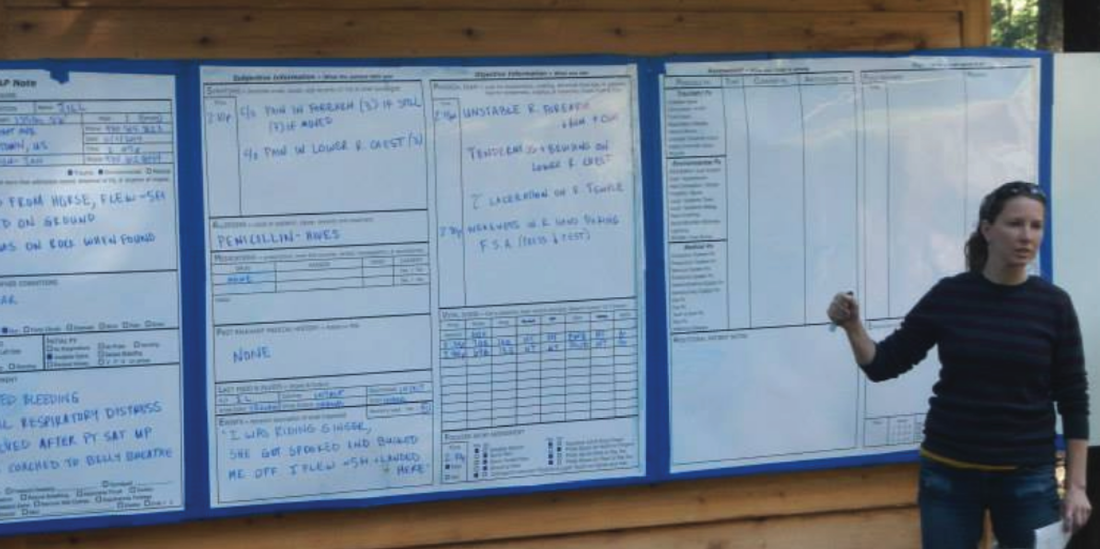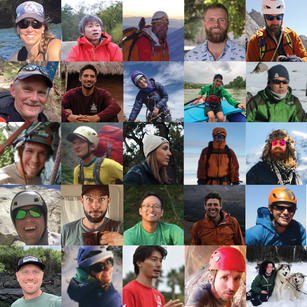Introduction
The injuries and illnesses encountered in remote environments, together with their associated signs, symptoms, assessment, and treatment, are well documented in the medical literature and readily available to anyone with access to the internet. At a minimum, a wilderness medicine course should follow the certification standards set by the Wilderness Medicine Education Collaborative. Background anatomy, physiology, and pathophysiology are delivered online or in person and combined with instructor-led patient assessment and treatment skills followed by multiple simulations. What distinguishes wilderness medicine schools from one another is their pedagogy—how they deliver information and skills to their students and at what depth. WMTC's pedagogy is unique, proprietary, and highly effective; it facilitates learning and critical thinking under pressure, as evidenced by students during simulations and their reported actions during actual incidents.
Pedagogy
At WMTC, we believe a clear understanding of wilderness medicine is required for effective site management and should be a part of every trip leader and outdoor program administrator's training. We also believe that a wilderness medicine course should increase the student's awareness of the potential problems inherent in a trip and provide enough education and insight to prevent most of them. At the same time, it should teach the necessary assessment and treatment skills required to address the most severe problems should they arise. Our medical courses focus on providing practical instruction our students can understand, remember, and use.
What distinguishes wilderness medicine schools from one another is their pedagogy — how they deliver information and skills to their students and at what depth.
- Our unique and proprietary training approach helps students sort through the patient's signs and symptoms to reach accurate assessment, treatment, and evacuation decisions.
- We teach normal anatomy and physiology before delving into the pathophysiology of each problem so that students gain a practical understanding of the problem. We've found that this progression helps students connect the patient's signs and symptoms with their assessment and treatment, avoids a "grocery list" approach, and develops more effective responders.
- We recognize that students are unlikely to remember all the material presented during a course and have developed field manuals and patient notes to guide them during simulations and real life.
- Our patient notes mirror our Patient Assessment System, work with our handbook, and serve as another tool to help students remain thorough, calm, and organized during an emergency.
- We use interactive case studies and realistic simulations to build skill mastery and critical thinking. Our courses contain enough case study and simulation time to allow students to make, discuss, and learn from their mistakes under the guidance of an experienced instructor.
Wound Cleaning
|
Wounds are, unfortunately, all too common during an outdoor trip. While all wilderness medicine schools discuss how to clean, dress, and bandage wounds, WMTC includes a hands-on wound-cleaning lab. Students work in pairs to clean a deep wound in a pig's foot; students in longer courses also learn how to remove small impaled objects like fishhooks, nails, and splinters. The texture and anatomy of a pig's foot are very close to human skin and musculature and add realism to the lab. The lab closes with demonstration and discussion on how to choose and correctly apply the dressing and bandage required for healing in different expedition environments and conditions.
|
Anatomical Torso & Skeleton
|
WMTC instructors use a full-sized skeleton and anatomical torso to teach 3-dimensional anatomy and physiology. During your course, you will learn to use skeletal landmarks to accurately visualize the location of a patient's internal organs during a physical exam. The full-sized skeleton is also helpful in understanding the assessment and treatment of musculoskeletal injuries.
Knowing the general function of the body's internal organs, whether they are solid, blood-filled, and subject to rupture or hollow, muscular, and prone to infection, and where they lie, is crucial to accurately interpreting patient information, especially pain and tenderness. |
Realistic Simulations
|
Train like it's real.
|
Students learn the most during simulations — it's where everything comes together or falls apart. There is value in both. Mistakes are a natural part of the learning process. The goal is for students to learn from their mistakes (and the mistakes of their fellow students). Ideally, everything falls into place by the end of the course.
Simulations begin on the first day as the Basic Life Support (BLS) Skills Lab leads into BLS Simulations and, from there, into longer, more complex simulations that require students to complete and document their patient's signs and symptoms together with their assessment and treatment. Students use our field manual and patient notes to keep them on track. As the course progresses and instructors introduce new topics and skills, the simulations get progressively more difficult. WFR and WEMT courses often end with a mass casualty simulation. Simulations ALWAYS take place outside in a realistic environment where each student—or student group—has access to a well-stocked first aid kit and common expedition equipment (sleeping bags, pads, packs, tarps, ski poles, oars, sticks, etc.) appropriate to the scenario. Most simulations are debriefed en mass using a whiteboard and large posters identical to the students' patient notes. In addition to poster debriefs, simulations in WFR & WEMT courses are videoed and reviewed in front of a television or LCD projector and screen. While students may find simulations overwhelming initially, they gradually gain familiarity and mastery as the course progresses. In general, their assessment and treatment skills increase with the number of simulations; this is the primary reason WMTC course hours exceed the Wilderness Medicine Education Collaborative's certification standards. |
Patient Assessment & Treatment Resources
|
We research, write, test, edit, and publish our own books and teaching materials. As such, WMTC students receive the tools they need to develop judgment and critical thinking in challenging field situations.
|
Print copies of our Wilderness Medicine Handbook [above] and our Patient SOAP Notes [below] are included in the tuition of every WMTC certification course.
|
Instructors
|
If you are a WMTC WFR or WEMT graduate with professional trip-leading experience and interested in teaching WMTC courses, please apply to our Instructor Training Course.
|
We believe outdoor leaders should be taught by professional outdoor leaders and educators with medical training and field experience rather than medical professionals with no professional or minimal outdoor experience. Time spent outdoors leading private and professional trips develops leadership and judgment; both are essential to making sound medical and evacuation decisions.
We have some of the best instructors in the world. Each is an experienced trip leader and an exceptional educator with medical experience in the real world. They walk their talk. After participating in a rigorous selection process, instructor candidates complete our 18-day Instructor Training Course and then enter an apprenticeship where they work individually with a senior instructor until they are ready to lead WMTC courses and start their own business. As business owners and licensed providers of WMTC courses, each instructor is committed to perpetuating WMTC's tradition of excellence. Learn more about individual instructors and our support staff here. WMTC instructors are adept at making complex topics digestible and leading their students through a progression that ultimately ends with mastery. |
Hybrid & Standard Course Options
WMTC introduced hybrid learning to wilderness medicine education in 2006. We consistently update and fine-tune our curriculum to mirror changes in wilderness medicine and student needs. Using teaching and learning strategies informed by our standard and hybrid course formats, we continually raise the industry bar for wilderness medicine instruction. The result is a choice of format and pedagogy that meets your needs as an individual or a sponsoring organization.
- Our standard courses combine in-person lectures, skill labs, simulations, and case study reviews into a single course taught at your location or ours.
- Our two-part hybrid courses minimize students' time away from home or work by separating lecture and practical skills into two parts. Part 1 is taught online via dedicated course websites. In contrast, the Part 2 practical session focuses on skill labs, simulations, and case study reviews and is conducted on-site at your location or ours.
Educational and Financial Value
Our pedagogy, curriculum, delivery strategies, course materials, and instructors are second to none. We dedicate considerable time, energy, and resources to ensure our graduates are well-trained and ready for the real world. Each of our courses exceeds the Wilderness Medicine Education Collaborative's certification standards for topics, skills, and hours. We keep our tuition as low as possible without compromising the education and training we believe is essential to our students' ability to prevent and respond to injuries and illnesses in a remote setting.


